Crop and Soil Sciences
-
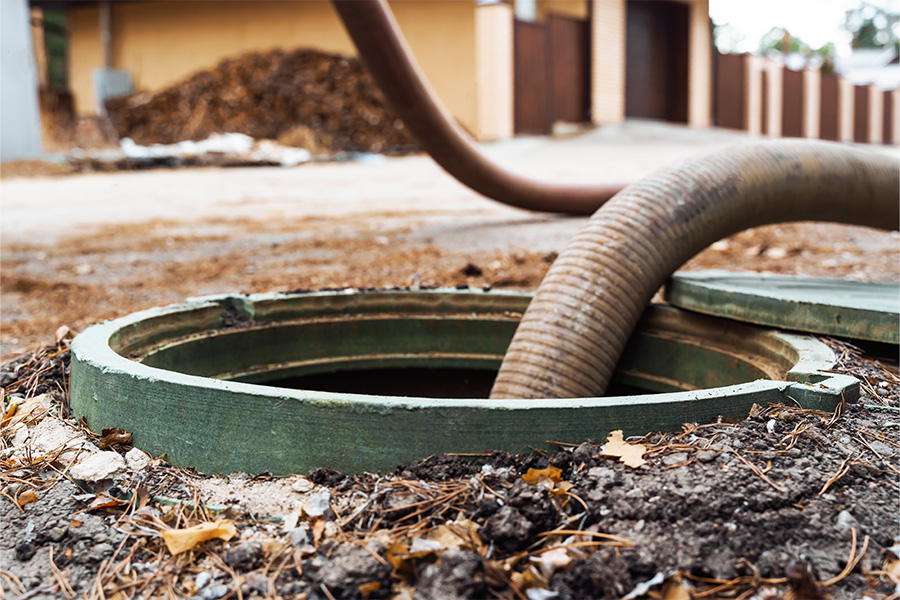
Many buildings and homes have on-site wastewater management systems, commonly called septic systems. Because septic systems are buried, it is easy to forget about them as they quietly, elegantly and efficiently maintain human and environmental health. Septic systems are the norm in rural areas, but they can be quite common in urban areas as well. It is important to know if your building is on a septic system. This publication explains the basics of septic systems.
L. Mark Risse, Gary L. Hawkins, and Mussie Habteselassie
|
-
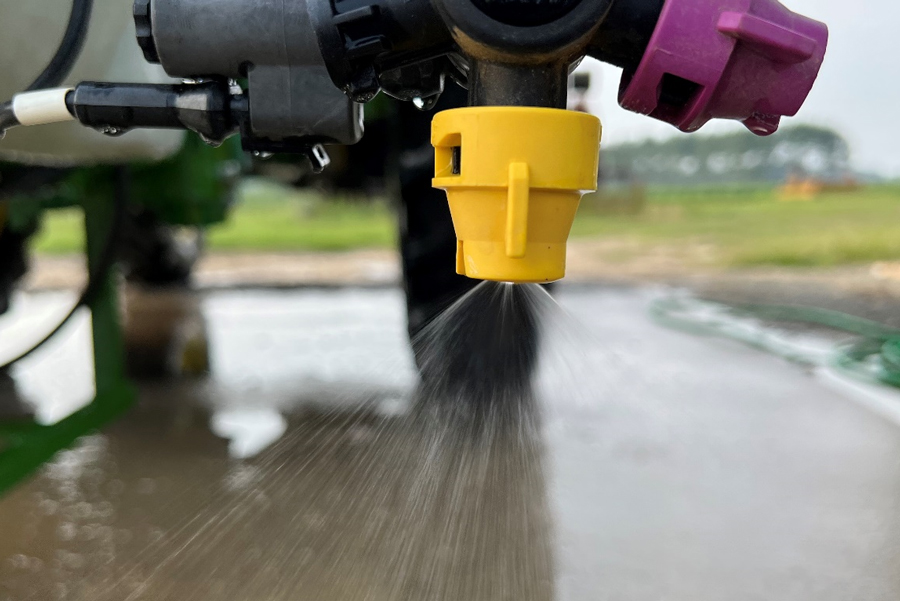
Pulse width modulation (PWM) technology is becoming a standard option on most new agricultural sprayers because of its ability to precisely regulate both flow rate and pressure over a wide range of travel speeds. This publication provides information on nozzle selection for sprayers equipped with PWM technology, including how to use PWM nozzle selection/tabulation charts, other useful online tools, and considerations for effective pesticide applications.
Simerjeet Virk
|
-

AP 124-4
2024 Georgia Cotton Production Guide
The 2024 edition of the cotton production guide provides an in-depth look at cotton production in Georgia and the Southeastern U.S. Issues discussed include economic outlook, fertility, weed management, insect management, disease and nematode management, irrigation decisions, precision ag technology, and general agronomics of the cotton crop (varieties, PGR applications, defoliation, etc.).
Camp Hand
|
-
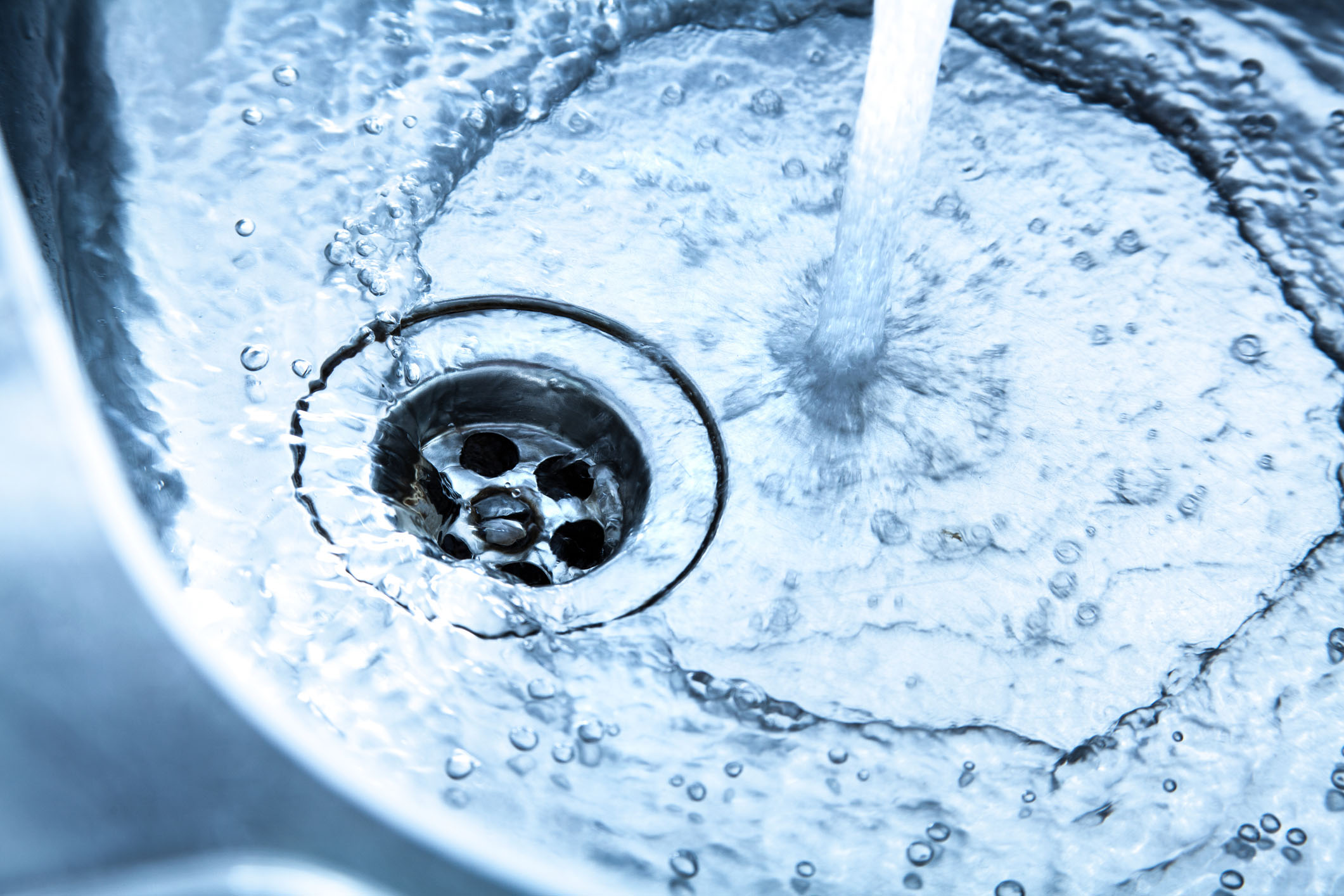
B 1563
Oxidizing Filters
Private well waters often contain high levels of iron, manganese, and hydrogen-sulfide. While these contaminants are not considered to have any human health consequences, they can cause various issues such as staining, impaired taste, and odor problems once their concentration exceeds certain levels, and homeowners need an appropriate system to remove them—such as an oxidizing filter. Oxidizing filters operate using oxidation, which occurs when a substance comes into contact with oxygen or another oxidizing substance. Everyday examples of oxidation are rust and the brown color that develops on a cut apple. This publication discusses various aspects of oxidizing filtration technique such as applicability, types of filter media, maintenance, etc.
Gary L. Hawkins, Brenda Jackson, Pamela R. Turner, Uttam K. Saha, Laurel Dunn, and Laura Ney
|
-
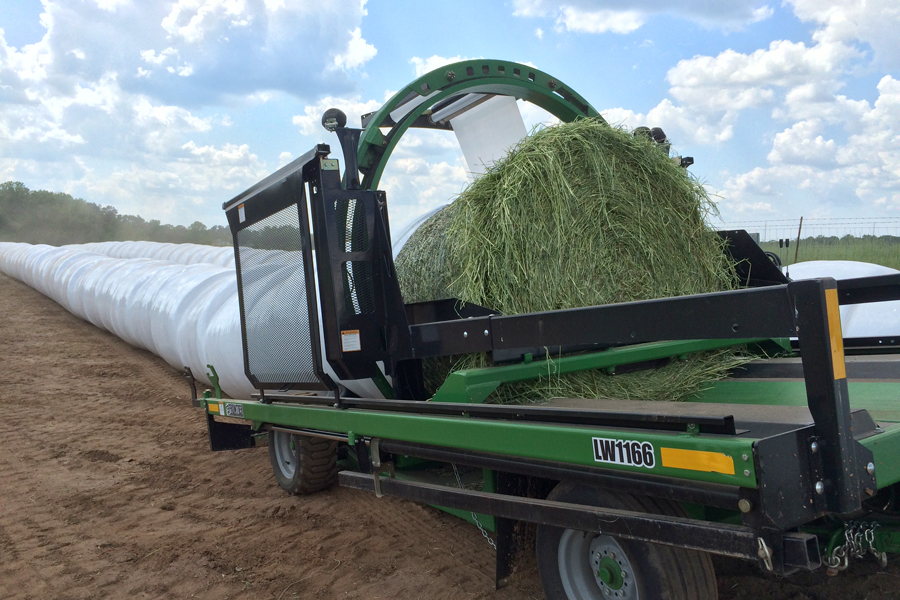
B 1532
Baleage Production and Use
Implementing a baleage system takes consideration and planning. Producers need to weigh the benefits, challenges, and costs to optimize their forage production and livestock feeding operations. Baleage does have additional costs associate with it—including a wrapper, plastic, and plastic disposal. It also takes different management strategies to store and feed baleage to prevent spoilage when compared with traditional dry hay. Despite some additional management challenges, baleage can be very beneficial for many producers. It has higher forage quality when compared to dry hay harvested under the same conditions and is highly palatable to livestock. Finally, using baleage as a forage harvesting tool can reduce risks of forage loss due to weather and promote forage harvest on a timely harvest interval.
Lawton Stewart, Jennifer J. Tucker, and Lisa Baxter
|
-

Irrigation systems are used by farmers and homeowners to supply supplemental
water to their crops. At the end of the growing season, the irrigation system should be checked and winterized to maintain proper operation for the coming season.This publication provides a list of suggested things that should by done on both drip and center pivot systems to help protect them during the winter months.
Gary L. Hawkins
|
-
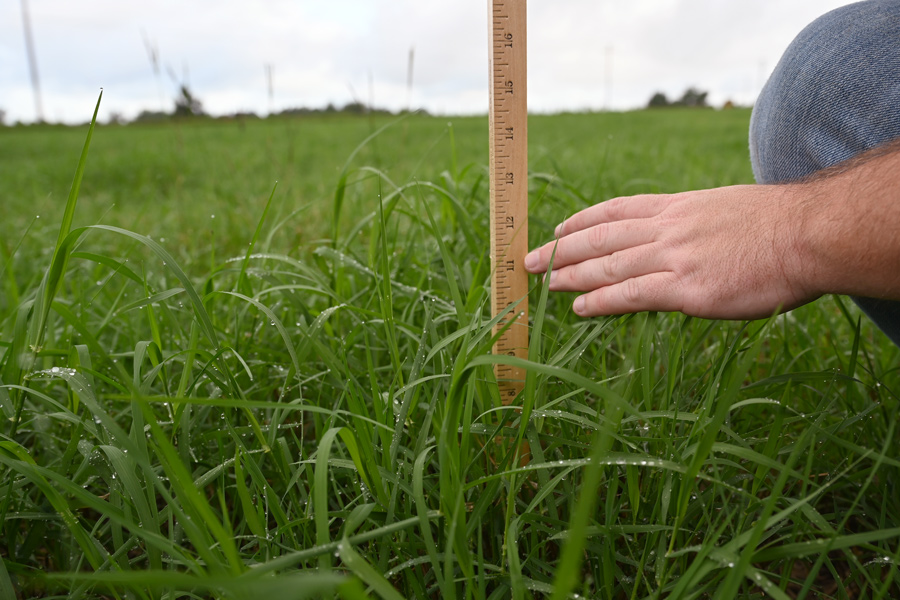
B 1567
How to Use a Grazing Stick
Grazing management requires accurate estimates of forage availability to adjust forage supply to meet animal needs. However, incorrect forage availability estimates can negatively impact important grazing-management decisions such as stocking rate and grazing time. Visually estimating pasture yield is inexpensive and fast, but untrained persons can give biased and unreliable estimates. One of the easiest, most affordable, and most reliable estimation options is using a grazing stick or pasture ruler. This publication outlines the procedures used for collecting data in field and calculating available forage for your farm. An additional author is Justin Burt, a postdoctoral research associate in the Department of Crop and Soil Sciences, University of Georgia Tifton Campus.
Lisa Baxter
|
-
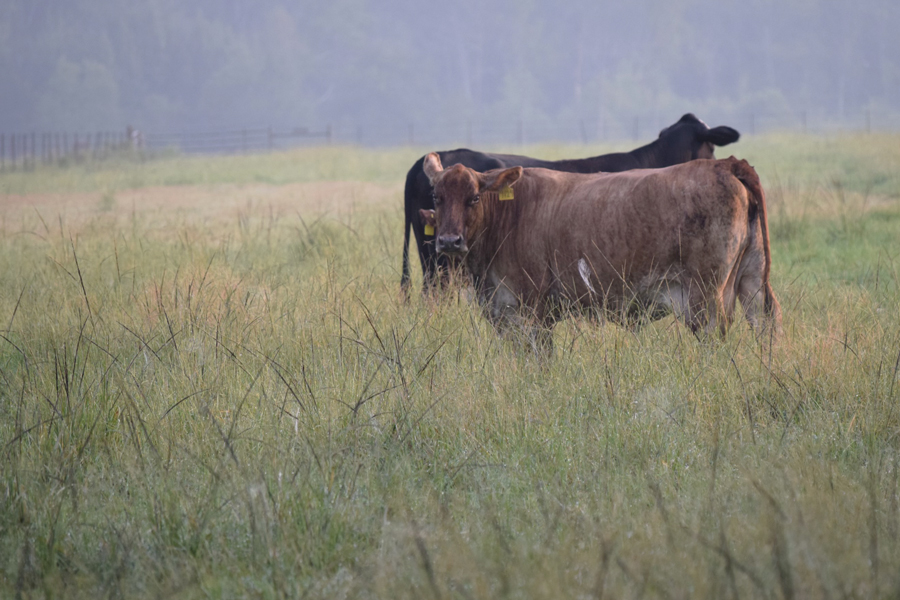
A good grazing management plan is essential to producer success for any grazing livestock production system. One of the keys to building a grazing management plan is to have a good understanding of the stocking rate on your farm and how this relates to forage availability. Stocking rate is a critical factor in all grazing operations, no matter the livestock species. By accurately determining stocking rate, understanding their grazing management options, and measuring forage availability producers can develop an effective grazing management plan for their operation. Additional author: Justin Burt, Postdoctoral Research Associate, UGA CAES Department of Crop and Soil Sciences
Steve Morgan, Jennifer J. Tucker, and Lisa Baxter
|
-

Spinner-disc spreaders are commonly used for applying lime and fertilizer to
agricultural fields. Uniform and accurate application of lime and fertilizer is essential. The
performance failures of agricultural materials can be directly related to improper and uneven
application, careless equipment operation, and the separation of blended material due to size
and density differences. The uneven distribution of lime and fertilizer can reduce yields. Effects
of uneven lime or fertilizer distribution are most notable in fields that are low in soil fertility,
because the response to applied nutrients is greatest on these soils.
Proper setup and calibration of application equipment is important to assess its performance and
attain satisfactory results. Even new and well-maintained equipment needs calibration checks
regularly before and during the growing season. This is especially important when changing
from one type of material or blends to another, when changing application rates, and when
altering speeds or other operating conditions.Paul E. Sumner and Simerjeet Virk
|